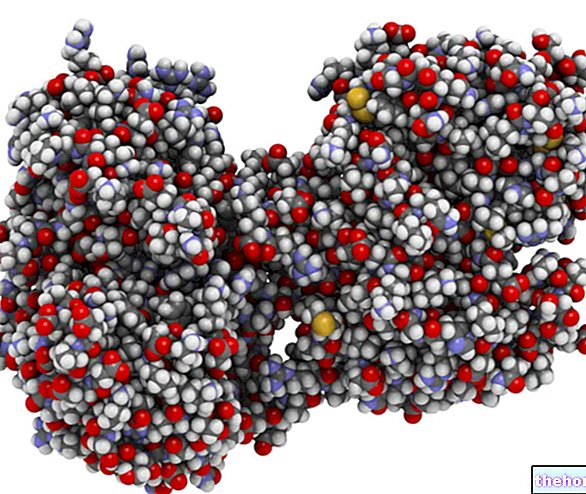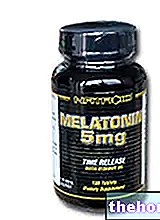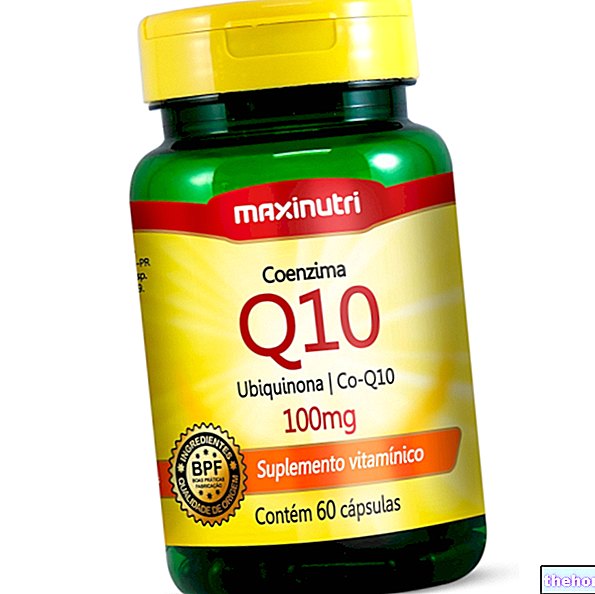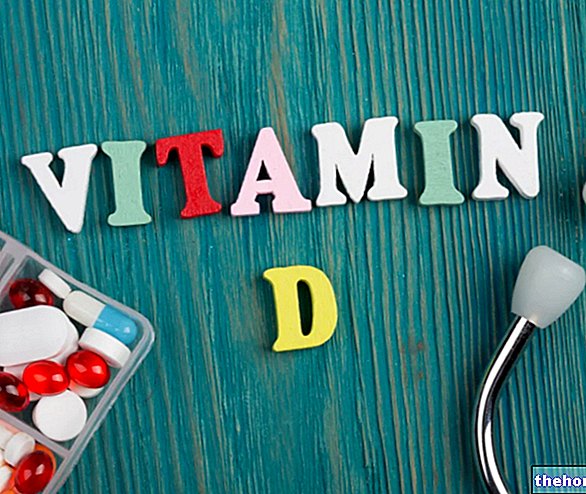See also: Arginine supplements, Arginine a-ketoglutarate, Arginine aspartate, Arginine pyroglutamate
Nitric oxide (NO or more correctly nitrogen monoxide) is an endogenous mediator of particularly important processes, such as vasodilation and the transmission of nerve impulses. In nature it appears as a colorless gas, particularly polluting and with a density similar to that of the air.

The synthesis of nitric oxide is stimulated by various factors such as the so-called "shear stress", a parameter that measures the force exerted by the flow of blood on the vessel walls. When the arterial pressure increases excessively, the organism defends itself by synthesizing nitric oxide which, by dilating the vessel walls, contributes to the lowering of pressure. On the contrary, the inhibition of nitric oxide synthesis causes an increase in peripheral resistance and a consequent rise in arterial pressure.
Hormones such as norepinephrine and cytokines (proteins secreted during the immune response) also favor the synthesis of nitric oxide by the endothelium.
The half-life of nitric oxide is very short, approximately 4 seconds. Its rapid catabolism involves the binding of hemoglobin with the heme group; this process leads to the subsequent formation of methemoglobin (a non-functional form), then nitrites and nitrates (NO2 and NO3) which are eliminated mainly via the kidneys.
MODULATES NERVOUS AND NEUROMUSCULAR TRANSMISSION
nitric oxide acts as a neurotransmitter in the central nervous system and in the non-adrenergic-non-cholinergic peripheral nerve plexuses of the bronchial tree (possible bronchodilator - antiasthmatic effect) and of the gastrointestinal tract
RELEASES smooth muscle (non-voluntary)
vasodilatory action on the systemic, coronary and renal vascular endothelium;
IT INTERVENES DIRECTLY IN IMMUNE DEFENSES
nitric oxide is produced by some cells of the immune system that use it to defend themselves against the aggression of antigens. In this case, its oxidizing action is exploited and the consequent ability to release free radicals capable of destroying the plasma membrane of microbial agents.
Nitric oxide also appears to stimulate cell proliferation of T and B lymphocytes during the immune response.
PREVENTS PLATELET AGGREGATION
decreases platelet aggregation and adhesiveness (antithrombotic effect)
STIMULATES MITOCHONDRIOGENESIS, ie the synthesis of new mitochondria.
The synthesis of nitric oxide is hindered by TNF-alpha, which is significantly higher in the obese than in the normal weight. In the obese, therefore, the mitochondrial activity is considerably reduced, so that what you eat - not being adequately metabolized by the mitochondria - is deposited more easily in fat. This, in turn, releases large amounts of TNF-alpha, which in turn "kills" the mitochondria. Furthermore, ATP deficiency due to reduced mitochondrial activity is perceived by the brain as a need for food.
Caloric restriction, unlike excesses, is able to activate the expression of eNOS, stimulating mitochondrionesis; the same goes for physical exercise.
For what has been said so far, nitric oxide has noteworthy therapeutic potential:
reduction in blood pressure
strengthening of the immune defenses
prevention of angina, stroke and heart attack
erectile dysfunction cure
However, we must not forget the negative effects inherent in the strong oxidizing action of this molecule. The cytotoxic effects of nitric oxide are comparable to those induced by other oxidizing agents, capable of significantly increasing the production of free radicals (smoke, alcohol, drugs, ultraviolet rays and ionizing radiation). Remember that the excess of free radicals is currently considered one of the most dangerous allies of premature aging, degenerative diseases and some cancers.
This simple consideration should at least give some thought to those who paint nitric oxide as a miraculous substance. There are two hypotheses in this regard: either the beneficial action of nitric oxide is reduced, or the same is done with the negative action of free radicals. , pending the results of the current experiments carried out with the aim of evaluating the efficacy and safety of nitric oxide, it would be advisable to avoid creating too much enthusiasm, reserving its use for those cases in which the benefits far exceed the side effects.
Nitric oxide supplements
The colorful sector of food supplementation is becoming more and more enriched with products capable of increasing the endogenous synthesis of nitric oxide. In particular, the focus is on administering high doses of the precursor amino acid (L-arginine) by mouth. According to the supporters of these supplements, regular arginine intake would be able to increase nitric oxide synthesis. To this should be added the classic benefits deriving from a regular intake of the amino acid (positive stimulus for the production of GH, for the detoxification of the organism and for the strengthening of the immune defenses).
In reality, despite what was said too simply in the previous paragraph, the synthesis of nitrogen monoxide is a complicated process, which responds to endocrine and mechanical factors. The stimulatory effect of arginine becomes appreciable only in case of increased need or in the presence of deficiencies induced by a diet poor in this nutrient.
Many arginine-based products recommend a daily intake of 3000 mg per day, the same as 120 grams of dried fruit or 150 grams of meat.Recently, instead of the traditional arginine, the integration of its precursor, the amino acid L-citrulline (generally in the form of citrulline malate) has been proposed, capable of increasing the amount of arginine available for synthesis in a dose-dependent manner. of nitric oxide. The same goes for agmatine.




























